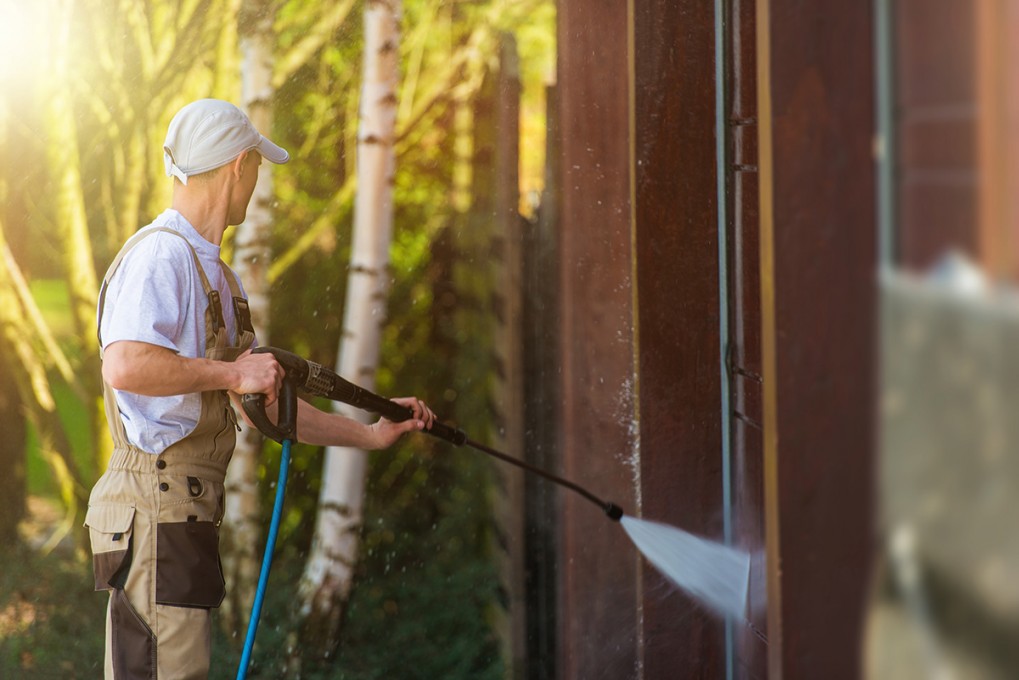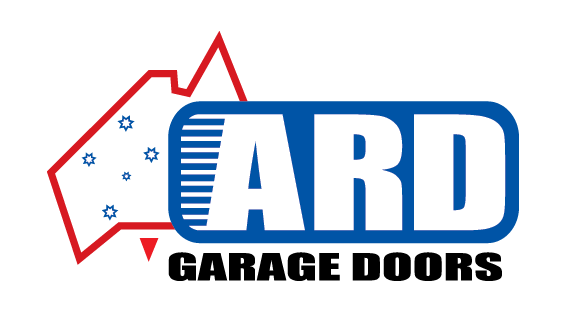Latest Posts
How To Use A High Pressure Water Cleaner To Clean Your Garage Barn Or Shed

A man’s best friend is his garage, barn or shed, and if you want to keep your man cave clean, the best way to remove heavy duty dirt and grime is with a high pressure water cleaner or pressure washer. Here, we take a look at the types of high pressure washing available and the accessories you’ll need, along with some handy tips on safe operation.
Types of pressure washers
As the name suggests, a high pressure water cleaner forces water or cleaning solution through a nozzle at very high pressure. These versatile cleaners can be used for all kinds of jobs including cleaning, descaling and removing old paint from exteriors prior to repainting.
The difference between the various types of pressure washers largely comes down to how much power they deliver. Their capacity is measured in cleaning units, which are the PSI (or pounds per square inch) of pressure they produce multiplied by their flow rate (gpm or gallons per minute).
A domestic electric pressure washer may operate at around 2,400 cleaning units, a gas engine model up to 6,210 and a commercial machine can reach as much as 16,000 cleaning units, which is more than enough to do some serious damage in inexperienced hands. For the purposes of this article, we’ll be talking about domestic electric models that you’d use for cleaning the average garage or shed.
Types of cleaning solutions
While you can use ordinary water in a pressure washer, if you’re trying to shift dirt and grime that’s been there for a while, a cleaning solution would be your best bet. If you’re cleaning a wooden shed or barn, you’d run your washer on the lowest setting and use a mild soapy solution that will remove most stains, without damaging the surface of the wood.
If you’re dealing with mould, mildew and heavy duty stains on steel and concrete surfaces, using a stronger detergent and a higher setting will produce a better result. Detergents come in both liquid and powder form, and both can be applied directly to the surface to be cleaned or used in the pressure washer itself, mixing with the tank water as it sprays.
And if you like the idea of leaving a smaller carbon footprint around your home, eco-friendly detergents are available that work as effectively as chemical detergents without damaging the environment. Made using mild soap and bio-degradable chemicals, they won’t leave harmful chemical residues on any surface, and won’t pollute the water table.
Pressure washer accessories
There are a few bits and pieces you’ll need to operate your high pressure cleaner, largely because they can be dangerous machines if not handled properly. Accessories you’ll need include:
- Ear muffs – Pressure washers make a lot of noise and if used continuously, they can cause partial hearing loss.
- Goggles – Aerosols and dirt particles are whirled up into the air, which can get into your eyes.
- Breathing mask – Areas with a risk of infection such as old barns and cow sheds require a turbo mask with a suitable filter to keep aerosols out of your lungs.
- Rainwear – Pressure washing is a wet business, so wear suitable gloves, boots and trousers to keep the water at bay.
Tips and handy techniques
A pressure cleaner produces a variety of stresses on your body, so if you have a lot of cleaning to do, it would be wise to adopt some or all of these operating techniques:
- Support the lance with your body when you can to reduce the stress on your shoulders and arms.
- Change the position of your fingers, arms and body continuously during cleaning to prevent cramps and straining.
- Choose a lance length that suits your height.
- Wrap the hose around your upper body, so that when you move around, the hose is pulled by your body instead of your arms.
- Make sure there is enough light where you are working to clearly see the dirt.
- Start with a rough hand clean to remove the worst of the dirt before you start using the high pressure cleaner.
- Pay attention to which way the wind is blowing to prevent water and debris from spraying back at you.
- If you’re pressure washing a wall, start at the top and work your way down.
Pressure washer safety
A pressure washer should not be operated by children or anyone not capable of controlling it. A high pressure model can punch holes through siding, and cause serious injuries if handled incorrectly, so it’s worth keeping a couple of important safety tips in mind.
Firstly, you need to be mindful of where you are pointing it. Electricity and water don’t play well together, so never spray exterior power outlets, meter boxes, overhead power lines or exterior lights. Even if it’s not an electric pressure washer, you can still be electrocuted, as the charge will be conducted through the water to you.
Secondly, if you’re using a ladder, make sure it’s firmly planted at a 75 degree angle and if you’re using both hands to spray, take regular breaks to avoid getting tired and slipping and falling.
And thirdly, never point a pressure washer at people or pets. It’s not a garden hose and you could do some serious damage.
The wash up
So there you have it; a brief but hopefully useful insight into high pressure cleaners and cleaning. They can do a much better job than elbow grease and, in the right hands, they’re safe around children, pets and the environment.
So if that garage, shed or barn is crying out for a facelift, now you can grab your trusty pressure cleaner and get blasting. It’s the ideal way to clean. And with a lance, backpack, goggles and mask, it’s the ultimate boy’s toy as well.
